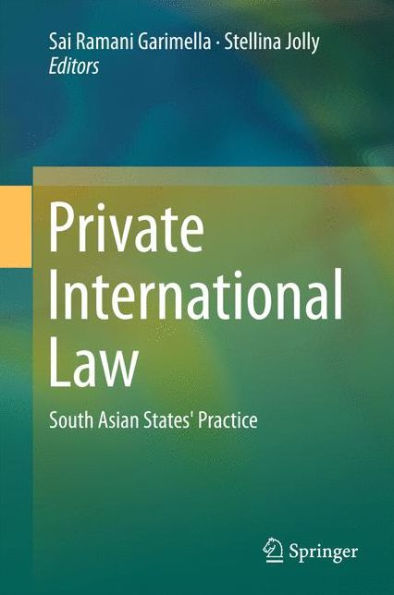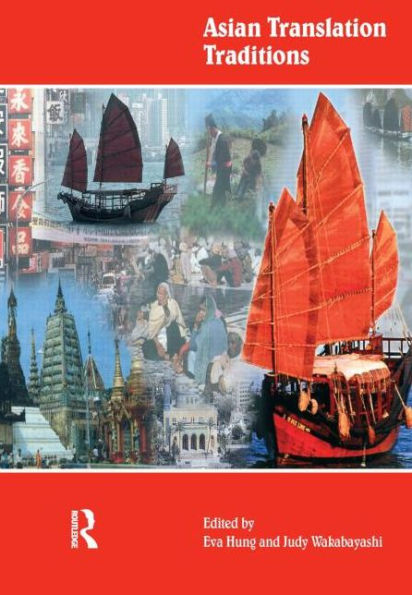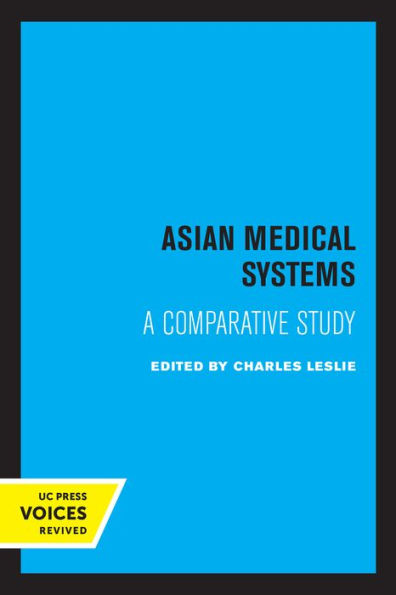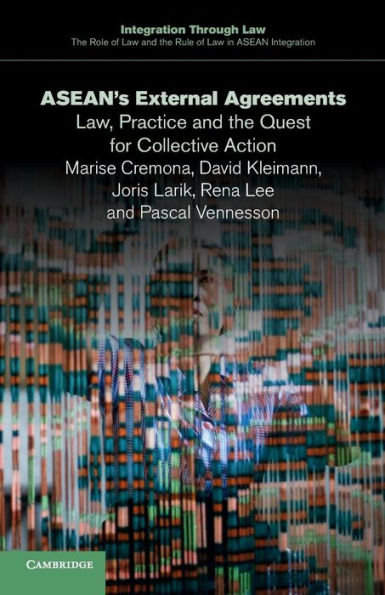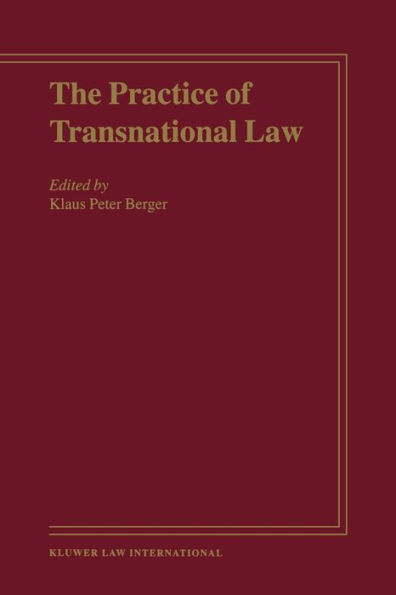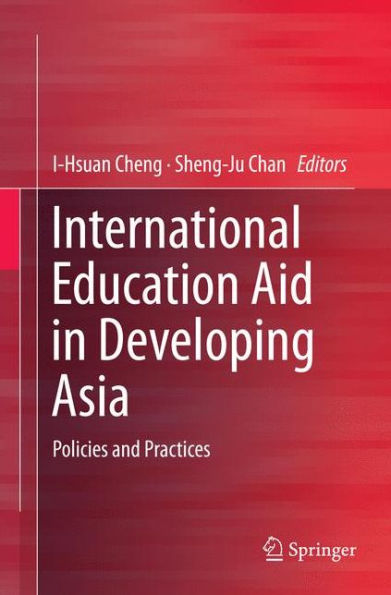Home
Asian Treaty Practice
Loading Inventory...
Barnes and Noble
Asian Treaty Practice
Current price: $139.99
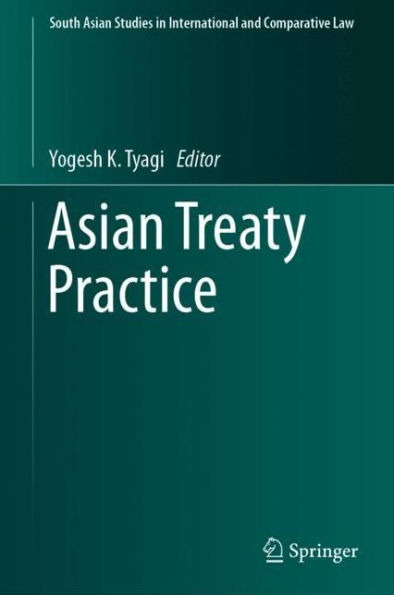

Barnes and Noble
Asian Treaty Practice
Current price: $139.99
Loading Inventory...
Size: OS
*Product Information may vary - to confirm product availability, pricing, and additional information please contact Barnes and Noble
This book surveys the treaty practice of Asian States. It undertakes a study of nine prominent Asian States, namely Bangladesh, India, Japan, Malaysia, Nepal, People’s Republic of China, Republic of Korea, Sri Lanka and The Philippines. One chapter each deals with the treaty practice of these States by reflecting on the theoretical foundations of treaty practice at the domestic level, including a query whether the State follows the theory of monism or dualism or a mix of these two; the relationship between treaties and the Constitution; the relationship between treaties and legislation; and the relationship between treaties and domestic customary law, if any. The chapters also review the participation of the respective States in the drafting of the 1969 Vienna Convention on the Law of Treaties (VCLT); position on and reservations to the VCLT; and reference of the VCLT in the treaties concluded by the States. Other aspects covered in chapters include constitutional provisions relating to treaties; domestic law, if any (for example, Nepal has a legislation on treaties); ratification process and practice; judicial practice, covering case law at the domestic level; the position of the State on the interpretation of treaties; and mechanism for the implementation of treaties at the domestic level, if any. The chapters identify leading cases, if any, relating to treaties to which the State was a party before international courts/tribunals. It deals with treaty compliance issues, including response to alleged violations of treaties; termination of treaties, if any; response to termination, if any; and participation in treaty bodies. It provides a panorama of treaties, to which the State is a party, as well as the most conspicuous treaties to which the State is not a party and the reasons thereof. The concluding chapter contains some general observations on Asian treaty practice.
